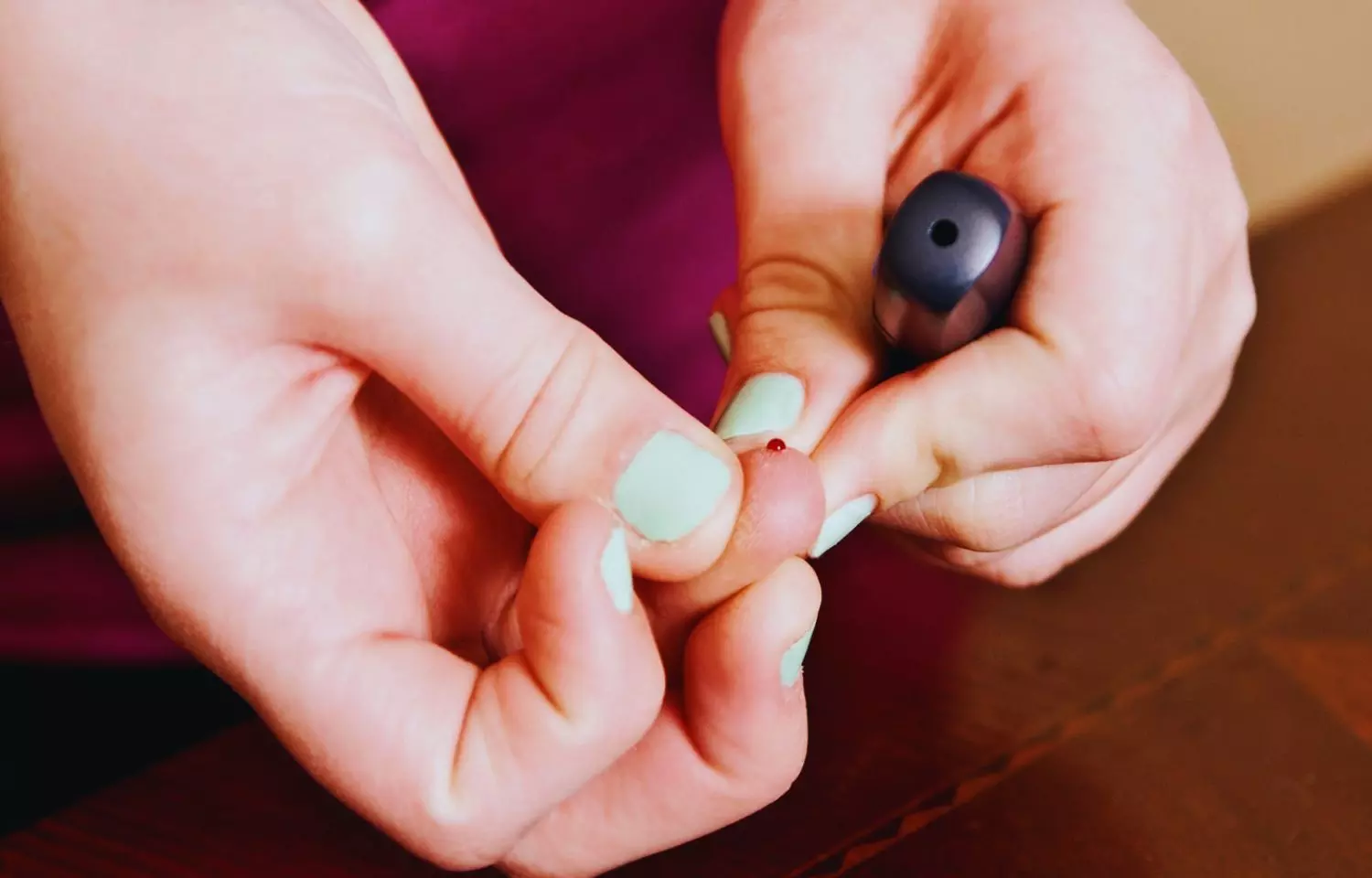- Home
- Medical news & Guidelines
- Anesthesiology
- Cardiology and CTVS
- Critical Care
- Dentistry
- Dermatology
- Diabetes and Endocrinology
- ENT
- Gastroenterology
- Medicine
- Nephrology
- Neurology
- Obstretics-Gynaecology
- Oncology
- Ophthalmology
- Orthopaedics
- Pediatrics-Neonatology
- Psychiatry
- Pulmonology
- Radiology
- Surgery
- Urology
- Laboratory Medicine
- Diet
- Nursing
- Paramedical
- Physiotherapy
- Health news
- Fact Check
- Bone Health Fact Check
- Brain Health Fact Check
- Cancer Related Fact Check
- Child Care Fact Check
- Dental and oral health fact check
- Diabetes and metabolic health fact check
- Diet and Nutrition Fact Check
- Eye and ENT Care Fact Check
- Fitness fact check
- Gut health fact check
- Heart health fact check
- Kidney health fact check
- Medical education fact check
- Men's health fact check
- Respiratory fact check
- Skin and hair care fact check
- Vaccine and Immunization fact check
- Women's health fact check
- AYUSH
- State News
- Andaman and Nicobar Islands
- Andhra Pradesh
- Arunachal Pradesh
- Assam
- Bihar
- Chandigarh
- Chattisgarh
- Dadra and Nagar Haveli
- Daman and Diu
- Delhi
- Goa
- Gujarat
- Haryana
- Himachal Pradesh
- Jammu & Kashmir
- Jharkhand
- Karnataka
- Kerala
- Ladakh
- Lakshadweep
- Madhya Pradesh
- Maharashtra
- Manipur
- Meghalaya
- Mizoram
- Nagaland
- Odisha
- Puducherry
- Punjab
- Rajasthan
- Sikkim
- Tamil Nadu
- Telangana
- Tripura
- Uttar Pradesh
- Uttrakhand
- West Bengal
- Medical Education
- Industry
Measurement of Optic nerve subarachnoid space area may accurately predict intracranial pressure: BMJ

Intracranial pressure can be quickly and non-invasively evaluated by measuring the Optic nerve subarachnoid space area using Ultrasonography. This study has been recently published in the journal, 'British Journal of Ophthalmology.'
Dilated Optic nerve sheath is associated with idiopathic intracranial hypertension and hydrocephalus, causing increased intracranial pressure (ICP). Hence, researchers conducted a study to verify whether the optic nerve subarachnoid space area (ONSASA) obtained by non-invasive methods like transorbital ultrasonography can be used to accurately evaluate the intracranial pressure (ICP). The optic nerve diameter, the optic nerve sheath diameter (ONSD), the width of both sides of the ONSAS (ONSASW) at 3 mm from the optic nerve head, and the entire ONSASA outlined between 3 and 7 mm were recorded. The best model was determined by exploring and comparing five models to describe the relationship between body mass index (BMI), mean arterial blood pressure (MABP), ONSASA and ICP.
Findings:
- 90 patients with neurological diseases undergoing continuous invasive ICP monitoring were included in the study.
- The correlation coefficient revealed that the association between the ICP and ONSASA was higher than that for the association of the ICP with the ONSD and ONSASW at 3 mm behind the globe, In the training group.
- In the training group, the weighting function for prediction of the ICP was done using the following equation: non-invasive ICP=2.050×ONSASA-0.051×BMI +0.036*MABP-5.837.
- The sensitivity and specificity of ONSASA predicting ICP were 1.00 and 0.92 by using 20 mm Hg as the cut-off point for a high or low ICP.
- The calculated cut-off value for predicting elevated ICP was 19.96 as per the Receiver operator curve analysis (area under curve= 0.960, 95% CI 0.865 to 1.00).
Thus, the researchers concluded that ICP can be rapidly and non-invasively evaluated by measuring the ONSASA using ultrasonography with BMI and MABP as the contributing parameters and using an accurate mathematical formula.
Further reading: 10.1136/bjo-2022-321065
Zhang Y, Cao K, Pang R, et al. Non-invasive intracranial pressure estimation using ultrasonographic measurement of area of optic nerve subarachnoid space [published online ahead of print, 2022 Aug 24]. Br J Ophthalmol. 2022;bjophthalmol-2022-321065.
BDS, MDS
Dr.Niharika Harsha B (BDS,MDS) completed her BDS from Govt Dental College, Hyderabad and MDS from Dr.NTR University of health sciences(Now Kaloji Rao University). She has 4 years of private dental practice and worked for 2 years as Consultant Oral Radiologist at a Dental Imaging Centre in Hyderabad. She worked as Research Assistant and scientific writer in the development of Oral Anti cancer screening device with her seniors. She has a deep intriguing wish in writing highly engaging, captivating and informative medical content for a wider audience. She can be contacted at editorial@medicaldialogues.in.
Dr Kamal Kant Kohli-MBBS, DTCD- a chest specialist with more than 30 years of practice and a flair for writing clinical articles, Dr Kamal Kant Kohli joined Medical Dialogues as a Chief Editor of Medical News. Besides writing articles, as an editor, he proofreads and verifies all the medical content published on Medical Dialogues including those coming from journals, studies,medical conferences,guidelines etc. Email: drkohli@medicaldialogues.in. Contact no. 011-43720751




